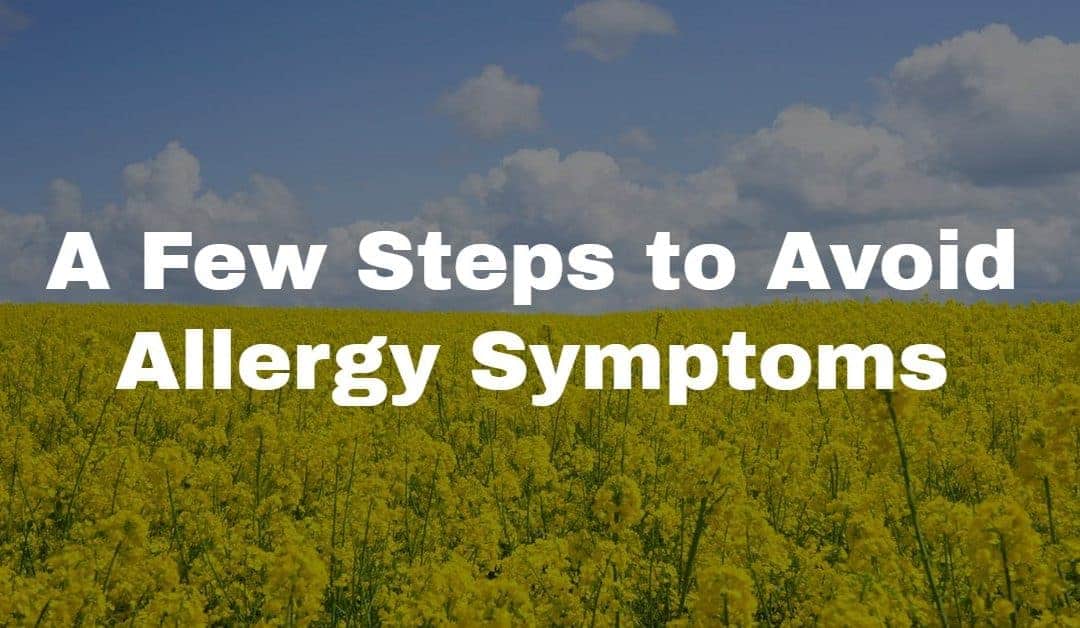Spring brings blooming flowers, longer days, and, unfortunately for many, allergy season. Millions of people face sneezing, itchy eyes, and congestion as pollen levels rise. But don’t worry! With the proper preparation, you can tackle spring allergies head-on and enjoy the season to its fullest. Starting allergy medications, such as antihistamines, a few weeks before symptoms typically arise can effectively manage and reduce symptoms during peak pollen seasons.
Understanding Spring Allergies
What are Spring Allergies?
Spring allergies, also known as hay fever or allergic rhinitis, occur when the immune system overreacts to airborne particles like pollen, dust, and mold. During spring, trees, grasses, and weeds release pollen into the air, triggering allergic reactions in sensitive individuals. Common symptoms of spring allergies include sneezing, congestion, runny nose, itchy eyes, and coughing. Understanding the causes and symptoms of spring allergies is crucial for effective management and treatment.
What Causes Spring Allergies?
Common Triggers in Spring
Spring allergies mainly result from pollen, mold spores, and insect droppings. Trees like oak, birch, and cedar release pollen during this season. Tree pollen is a significant allergen in early spring and can trigger severe allergy symptoms. Grass pollen also contributes heavily.
How Pollen Affects Your Body
When you inhale pollen, your immune system identifies it as a threat. It releases histamines, causing sneezing, runny noses, and itchy eyes. Hay fever symptoms, such as sneezing, runny nose, and itchy eyes, are common reactions to pollen exposure. This overreaction leads to classic allergy symptoms.
Why Allergies Spike in Warmer Weather
Warmer temperatures promote plant growth and increase pollen production. Seasonal spring allergies often begin as temperatures rise and plants start to pollinate in late winter to early spring. Wind spreads pollen over long distances, making it harder to avoid. Humidity can worsen mold growth, adding to the problem.
Early Preparation: Your First Line of Defense
Track Pollen Counts During Peak Pollen Season
Use apps or websites like Pollen.com to monitor daily pollen levels in your area. Identifying peak pollen hours, which occur in the mid-morning and early evening, can help plan outdoor activities to avoid high pollen exposure. Staying informed enables you to plan your activities accordingly.
Deep Clean Your Home
Dust and allergens accumulate during winter. Vacuum carpets, wash curtains, and clean air vents to reduce indoor allergens before spring arrives.
Check Your Medications
Stock up on antihistamines, decongestants, and nasal sprays. Consider starting allergy medications, such as antihistamines, a few weeks before symptoms typically arise to effectively manage and reduce allergy symptoms during peak pollen seasons.
Reducing Exposure to Allergy Triggers
Improving Indoor Air Quality
Improving indoor air quality is essential for reducing exposure to allergy triggers. Here are some tips to help you breathe easier:
- Use HEPA (High-Efficiency Particulate Air) filters in your air purifiers and vacuum cleaners to trap 99.97% of particles as small as 0.3 microns, including pollen, dust, and mold.
- Replace air filters regularly to ensure optimal performance.
- Consider using a dehumidifier to reduce moisture levels, which can help prevent mold growth.
- Keep your home clean and dust-free, especially around windows and doors where pollen can enter.
Spring Cleaning and Mold Prevention
Spring cleaning is an excellent opportunity to remove allergens like dust, pollen, and mold from your home. Here are some tips to help you get started:
- Dust surfaces with a damp cloth to prevent dust from becoming airborne.
- Vacuum carpets and upholstered furniture regularly, especially in areas where pets frequent.
- Remove mold or mildew from surfaces, and ensure good ventilation in moist areas, such as bathrooms and kitchens.
- Consider using a mold-killing product to prevent future growth.
- Wash bedding and clothing in hot water to kill dust mites and remove allergens.
Managing Allergies Outdoors
Wear Protective Gear
Wear sunglasses and a wide-brimmed hat to shield your face from pollen. A mask can also help block allergens from entering your nose and mouth.
Choose the Right Time to Go Outside
Pollen counts peak in the early morning and evening. Plan outdoor activities during midday when levels are lower.
Rinse Off After Outdoor Activities
Pollen clings to your skin, clothes, and hair. Shower and change your clothes after being outside to prevent bringing allergens into your home.
Home Remedies for Allergy Relief
Saline Nasal Sprays
Flush out allergens from your nasal passages with a saline spray. This simple solution reduces congestion and irritation.
Local Honey and Diet Adjustments
Eating local honey may help your body adapt to regional pollen. Foods rich in omega-3s and antioxidants, like fish and berries, can also reduce inflammation.
Essential Oils and Natural Options
Peppermint and eucalyptus oils can open airways and ease breathing. Diffuse these oils or add them to a warm bath for quick relief.
When to See a Specialist
Persistent Symptoms
If over-the-counter remedies fail to provide relief, consult a specialist. Persistent symptoms can lead to complications, such as sinus infections.
Severe Reactions
Difficulty breathing or swelling requires immediate attention. These symptoms may indicate a severe allergic reaction, also known as anaphylaxis.
Allergy Testing and Treatment Options
Specialists offer allergy testing to pinpoint specific triggers. Immunotherapy (allergy shots) can provide long-term relief by desensitizing your immune system.
Conclusion: Take Action for Allergy Relief
Don’t let spring allergies hold you back from enjoying the season. With preparation and effective management, you can minimize your symptoms and maximize your quality of life. Ready to tackle your allergies for good? Schedule an appointment with a specialist today at Enticare Allergy Relief.

